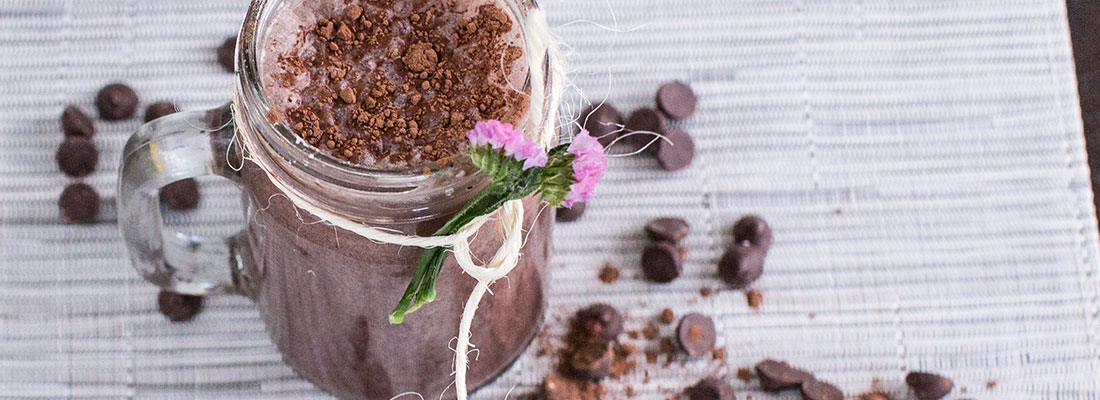What is a Reverse Diet? When and How Should I Start?
A reverse diet is an investment in your long-term metabolic health. This nutrition strategy helps reverse the effects of metabolic damage, also known as metabolic adaptation, which can result from chronic or repeated dieting. Typically, metabolic adaptation occurs when someone engages in overly restrictive eating behaviors, maintaining a low-calorie intake for an extended period or dieting repeatedly with only minor fluctuations in body weight, sometimes even gaining weight.
Understanding Metabolic Adaptation
When subjected to restrictive diets, our metabolism adapts to conserve energy, leading to metabolic suppression. This often manifests as either a highly restrictive and very low-calorie diet or excessive exercise to maintain body weight. More often than not, it involves both.
Why Consider a Reverse Diet?
You might be coming off a bodybuilding contest prep, finishing a 12-week body transformation challenge, or concluding a diet before a long-awaited vacation. During these periods, you’ve likely increased your training volumes and reduced your nutritional intake to achieve your goals. Once the diet is over, preventing weight regain is crucial. Unfortunately, 95% of people who diet experience weight regain, leading to metabolic adaptation. This is where a reverse diet becomes essential.
The Concept of Metabolic Adaptation
Metabolic adaptation occurs after a period of caloric restriction, typically coupled with increased activity to create a caloric deficit and promote fat loss. Our bodies adapt to lower caloric intakes by slowing down energy metabolism processes to conserve energy. This adaptation is similar to the processes that occur during starvation, a protective mechanism crucial for survival. Without these adaptive mechanisms, we would be unable to sustain ourselves.
Minimizing Metabolic Adaptation
While we cannot completely avoid metabolic adaptation, we can minimize its impact with a carefully planned nutrition approach during a fat loss phase. One of the biggest mistakes is resorting to drastic measures for quick fat loss, which almost guarantees metabolic suppression. Patience and a strategic approach to dieting can help protect your metabolic health.
Starting a Reverse Diet
The starting point of your reverse diet depends on where you finished your diet, your dieting history, and the duration of your most recent diet efforts. The longer you have been dieting, the more time you will need to correct metabolic adaptation. The speed at which you reintroduce calories also depends on how much body fat you are willing to regain.
Balancing Carbohydrates and Fats
To avoid excessive body fat gain, consider a slower, more conservative approach to increasing your caloric intake. For some, this may mean an increase of 10g of carbohydrates and 5g of fat per week, while for others, it could be 40g of carbohydrates and 10g of fat per week. The actual amount will vary based on individual needs and responses.
Additional Considerations for Reverse Dieting
If your energy levels are low, you mentally need a break, or you feel overly restrictive with food choices, a faster reverse diet might be more suitable. This approach can quickly return your energy and strength, improve your mental health, and enhance your overall mood.
Staying Accountable Post-Diet
Accountability is crucial after a diet phase. Many people regain lost weight because they indulge in unrestricted eating once the diet is over. Working with a coach or maintaining a structured plan for at least two weeks post-diet can help minimize weight regain and keep you on track.
Setting Boundaries for Consistency
Set firm macronutrient boundaries and prepare a list of your favorite foods to incorporate into your post-diet meal plan. This form of structured flexible dieting helps prevent binges and keeps you satiated. For experienced flexible dieters, leaving a set amount of macronutrients free for a food of choice while ensuring overall nutritional balance can be effective.
Choosing Satiating Foods
A reverse diet is a long-term investment in your metabolic health. Choose satiating foods that include plenty of dietary fiber, aiming for 14g per 1000 calories, and ensure 50% of your carbohydrates come from whole grains, breads, cereals, and fresh fruits and vegetables. The remaining 50% can come from refined sources, but avoid relying entirely on high-sugar junk foods. Develop good habits and stay hydrated to aid in satiety and regular bowel movements.
By following these guidelines, you can successfully navigate a reverse diet, support your metabolic health, and maintain your weight loss results for the long term.

Holly T. Baxter is an Australian Dietitian with over 13 years of experience in health and fitness. She holds a degree in Food Science and Nutrition and a Master of Dietetics from Deakin University. A former professional physique athlete, Holly has two World Championship titles. Her latest project, BiaBody, is dedicated to women’s health and fitness. As an APD Dietitian and Online Physique Coach, she focuses on evidence-based health education and empowering women through fitness.

